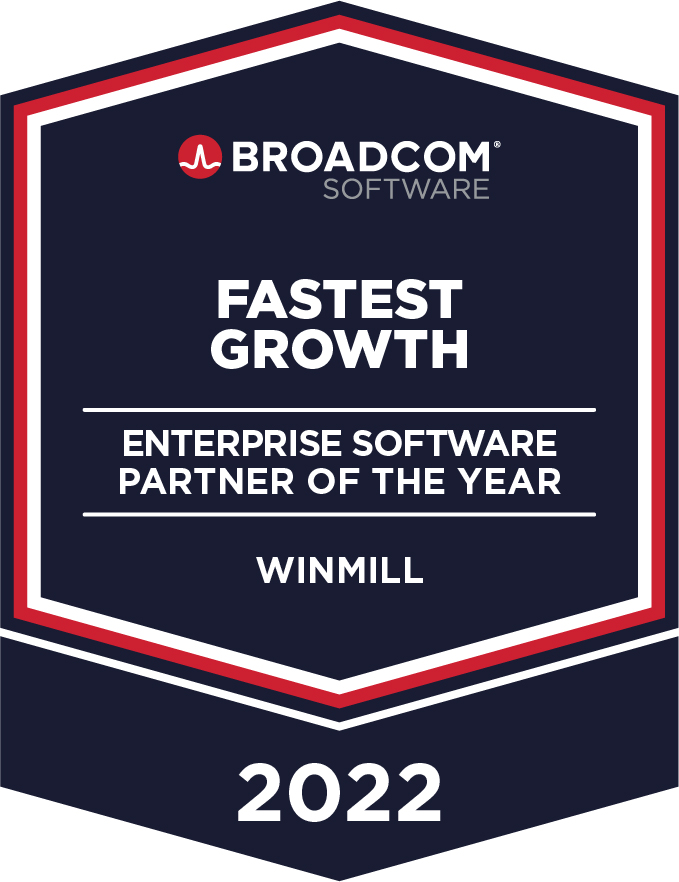1501 Broadway, Suite 12060 New York, NY 10036
By: Doug Kalkowski
There is a lot of excitement around digital transformation these days. Winmill PPM is a Tier 1 partner with Broadcom, whose ValueOps Solutions center around helping organizations provide the most value to their customers through digital ways of working, but what does it really mean to be “Digital”? To answer that question, you have to look at where we are today and how we got there. It’s hard to believe, but Henry Ford and the assembly line were responsible for how work has been done for decades, including IT/Technical work. In 1913, Henry Ford installed the first moving assembly line to mass-produce an entire automobile. Each person on that assembly line had a specific skill set; they did the work they were tasked with and passed it on to the next person with a different skill set. When this model of work is streamlined, it works beautifully. His innovation reduced the time it took to build a car from more than 12 hours to 1 hour and 33 minutes.

We are still using this method of working 100 years later. We don’t have a literal assembly line, but the concept still rings true. IT departments are organized by skillset, and work is passed from one group to another (Infrastructure team readies environment, Development team codes, Quality Assurance team tests, Admin team deploys). Many call it waterfall, but it’s really just a modern assembly line. Mr. Ford would be proud to see his innovation at work.
The industrial model has served companies well for decades, but cracks are beginning to appear with the rapid pace of innovation. When you look at work in the industrial model, there are some glaring issues. First, innovation can be challenging. As long as everyone is doing the same task, and the work is clearly mapped out, like building a car, it works well, but what happens when something changes? That gas engine now needs to be electric to keep up with current demands. The whole process grinds to a halt while the organization adapts.

This is because of the functional silos that are inherent in an industrial working model. When work is passed from one team to the next, there is a “Transition Cost.” If one of those teams is understaffed or lacks the necessary skill set, the whole process can suffer. Not to mention the competing priorities that come with multiple layers of management.
To try and remedy this, a group of 17 people met at a ski resort in Utah in 2001 and created the Agile Manifesto. This group of 17 people may not have realized it at the time, but they would revolutionize the “new way of working.” Agile practices are centered around the customer as opposed to being centered around the “deliverable.” The objectives of Scaled Agile practices and Value Stream Management are to deliver the most value to your customer in the most streamlined way possible. Sounds easy, but how is it different from the industrial method of working?

Digital ways of working involve structuring your organization in “Cross-Functional Teams.” This means that the teams can complete work (i.e., deliver value to their customer) without involving other teams. The “Transition Cost” and the multiple layers of management priorities are both minimized. Also core to this digital way of working is being agile. Having small teams and breaking work down into manageable pieces allows teams to pivot when a disruptor enters the marketplace. There is no longer a need to shut down the assembly line when technology changes. The impacted teams can react to the disruptor while the others maintain their momentum.
So how is your organization working? Are you still working in an industrial model? Do you experience the pains of competing priorities and struggle to deliver value as quickly as your competitors? Maybe it’s time to consider a Digital Transformation! Winmill PPM offers Digital Transformation services to help prepare and transition your organization to a digital way of working. Winmill PPM is a partner of Broadcom Software, whose ValueOps solutions (Clarity + Rally) enable organizations to transform their operations reliably and predictably.
Find out how your organization can achieve Digital Transformation by contacting us today at PPMInfo@winmill.com!


Thank you for your inquiry. We'll be in touch soon.
© 2024 Winmill Software. All Rights Reserved. Read Our Privacy Policy.